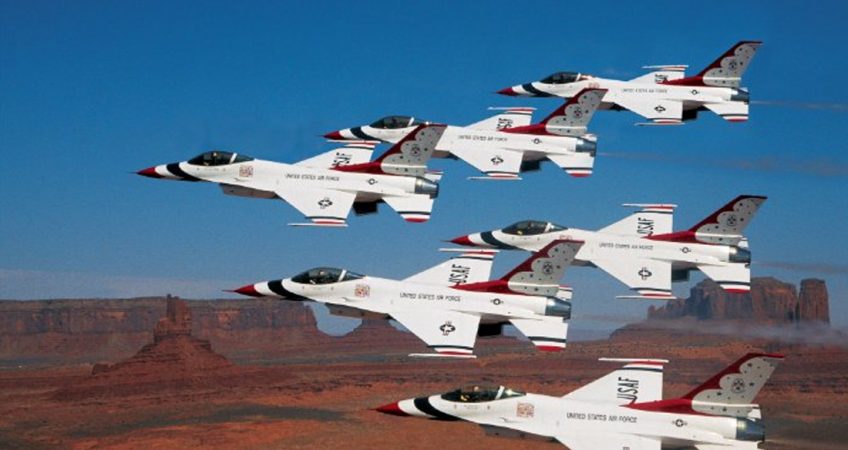My colleague, Ron, was the associate commissioner of a federal agency at a time when the government was undergoing extensive cuts and downsizing. As a leader, one of the things in Ron’s domain of responsibility was a production line in which information was gathered by one person and passed on to others for processing. If the information came back indicating that something was wrong with the input, someone had to find the folder and restart the process. The process was slow, and after nine months of little progress on streamlining it, Ron took 3 actions to move things forward:
IMAGINE THE POSSIBILITIES. Ron decided to build a team environment of dynamic and effective people throughout the entire organization. In Ron’s vision of a healthy team environment people would support each other, honor their commitments, and communicate openly while maintaining a positive attitude. In creating this new environment, he empowered everybody to make decisions. He encouraged one and all to think outside the box and envision soaring to new heights. Then, Ron challenged his information systems team to build a model field office at the agency’s headquarters. He imagined this model office would look the same as one of the agency’s 2,000 field offices but would run much better. He said to his team, “If we’re as smart as we think we are, we can demonstrate with this model office how to modernize our field offices to get off paper and into an online, fully interactive environment to manage big data.”
NAVIGATE THE WAY AHEAD. A new concept had to be framed and communicated. It could take weeks to get information from databases out in the field because so much data was on paper. So, Ron’s team drew up an improved concept. He gave them the go ahead and committed to providing the necessary resources. However, he insisted that his information systems people bring in real employees from the field to staff the model office. Field employees were rotated in and out for a few months at a time, and each new group ran the model office as though it were a real field office. The information systems team used existing applications and showed the rotating employees how they could transition to a modern, online, interactive process and system. They accomplished all of this in just twelve months. Ron and his team set up some pilot offices in the field and started to accept electronic applications. For the first application, they had the headquarters employee who oversaw the model office go to York, PA and take the first official application.
MOTIVATE KEY STAKEHOLDERS. After the York office was successfully running under the new process, the team built 19 more, including an office in Washington, DC, which they invited Congress and staffs to come see. When a politician would say, “I want one of these in my district,” Ron’s team would ask them to support the $479 million budget they had submitted to the Hill and would tell them that once the budget was approved, there would be one of these offices in their district. Due in part to what the politicians saw, they were motivated to do something about the budget. They saw an environment where everyone won and everyone was proud to have been associated with the project. The budget was approved, the agency’s employees received awards and recognition, and there was a strong camaraderie among the people who had made the journey together.
When people see the way ahead, understand how they’re performing, and are inspired to succeed, the workplace becomes vibrant with productivity and vitality. In this story of transformation, the leader integrated all the functions involved in the administrative system to achieve a new, streamlined approach using cutting-edge technology. He did this by imagining possibilities, navigating the way ahead, and motivating key stakeholders to achieve a big, bold, and exciting goal. People knew they were not a cog in the wheel and their work contributed directly to the success of the team. This led to a series of big successes where everybody on the team saw their performance had direct impact on the overall results. Leaders in every enterprise can drive these kinds of successes by listening to their people and implementing ideas for improvement. In the end, imagination, navigation, and motivation are fuel for soaring to new heights of performance.

